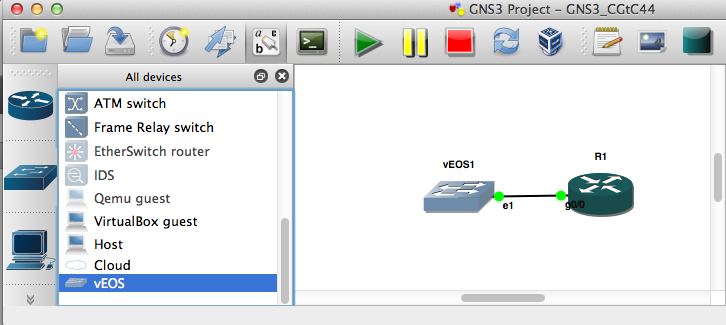Getting started with Network Packet Generators
A friend of mine has just ordered a shiny new packet generator for his network lab. I’ve spent some time working as a QA engineer in a network lab and wanted to share some advice. You can purchase stateful and stateless packet generators from major vendors like Spirent, IXIA or Agilent. If you just need to test throughput, latency or loss, a stateless packet generator will do the trick. The test hardware will use an ASIC to produce line-rate 10G traffic…


